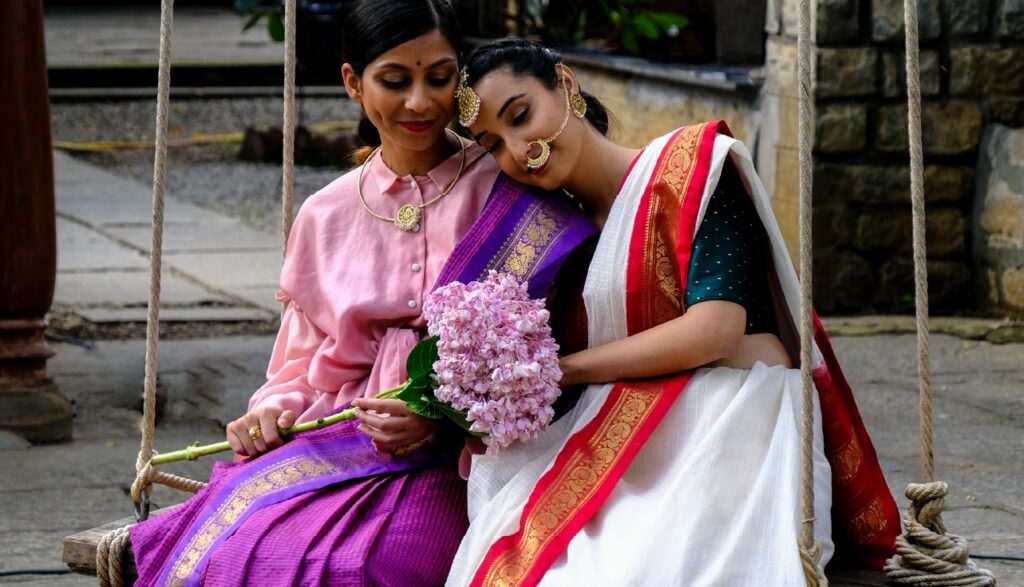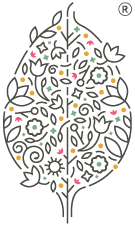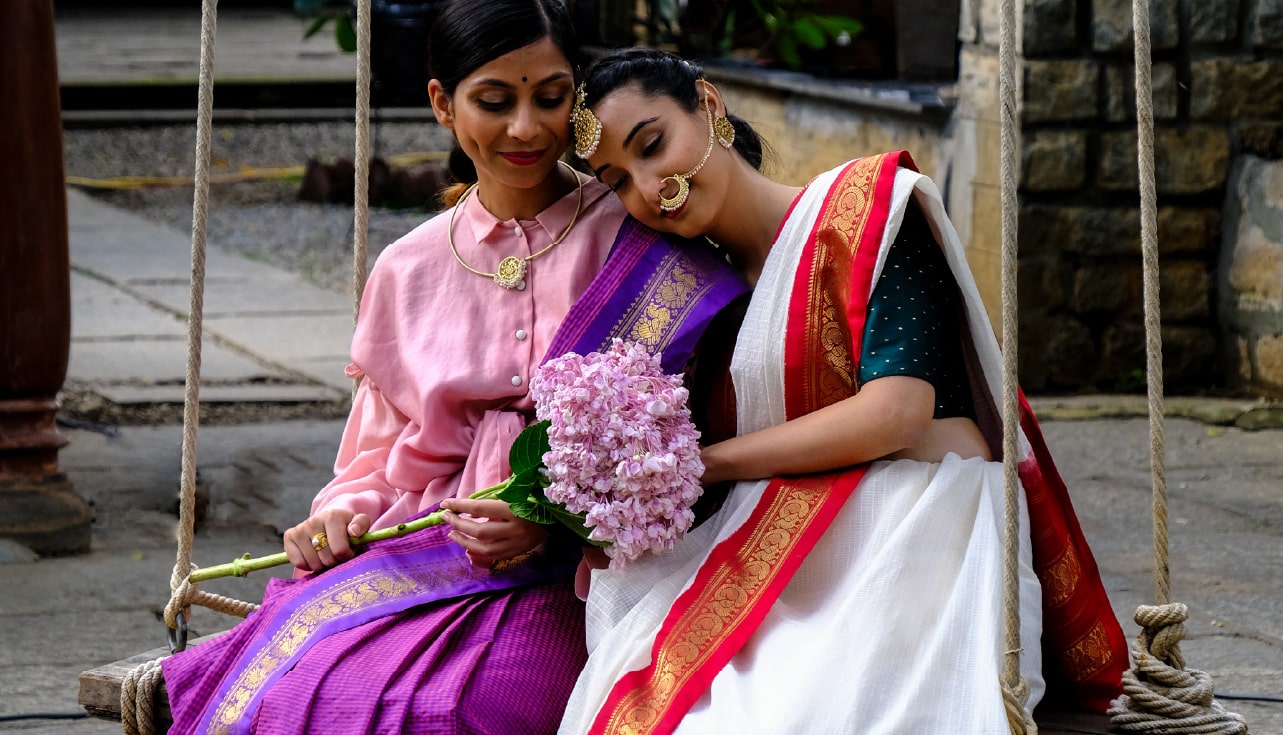Vayati Weaves, a handloom initiative based in Yemmiganur, Kurnool district, headed by Design Consultant Devika Krishnan (CEO Vayati Weaves) and M. R. Ramesh (Chairman, Machani Group) could become a template for Indian heritage craft clusters across the country.

“Pay me what I’m worth,” is the new buzzword among the energised weavers of Yemmiganur, a group of traditional craftsmen known for their skill with cotton weaves. A far cry from the bunch of dispirited, disillusioned craftspeople left in the lurch, thanks to a whole range of political, economic, and fiscal circumstances beyond their control. Weary of governmental handouts, and sick of compromising on the quality of their art, they now have a sustainable future ahead of them. A future that Devika Krishnan and M. R. Ramesh are helping them work towards.
The Vayati Weaves Story
Started over two years ago with the intention to give back to his ancestral community, Vayati Weaves is the dream project of M. R. Ramesh, a dynamic entrepreneur who heads the Machani Group‘s business empire. Vayati adopts an approach radically different from the Yemmiganur Weavers Cooperative Society set up by his uncle Machani Somappa in 1938. He has teamed up with Devika Krishnan who has vast experience of working with indigenous craftspeople from Ranthambhor to Kashmir to the slums of Bangalore.
Krishnan has been working with artisans, training them, and helping them to manufacture and market their products. “The craft community across the country is in danger of becoming extinct or at the very least, marginalized. We need to address their problems of widespread unemployment, dwindling pride in traditional livelihoods, the paucity of young people carrying on the craft, sustainability, and environmental issues,” says Krishnan.
Originally trained in ceramic design, Krishnan has been working with multiple craft communities, delving into their cultural context, understanding their strengths, skill sets, and limitations and using them to their best advantage. She is especially effective in teaching micro-entrepreneurs to up-cycle low-value waste (like the ladies of Anulife and Joy of Life who weave bags and storage solutions out of discarded tetra packs and waste fabrics in Bangalores’ slums). Alongside Krishnan is Vayati Weaves’ Brand Curator Shishira Prasad who works at setting up training systems and centralizing logistics for the project. Involved in Vayati Weaves from its very inception, she is tremendously excited about the endless possibilities it offers.

The Warp and the Weft of it
Keeping costs low and profit margins attractive is a big challenge in most businesses. And more so with the cotton weavers of Yemmiganur who over the years lost many of their core skills and competencies.“They became totally dependent on the Master Weaver to set up their looms even though he lived in another part of the state. They also became dependent on dyers, on yarn manufactures, and a host of other goods and service providers who lived in others cities and towns. Their craft became dull and routine, devoid of artistic fulfillment or economic gain. And many of them preferred to drift into casual labour jobs in the city.
One of our best weavers, Pakirappa had become a construction worker. An injury brought him back to Yemmiganur.Today he is fine-tuning his skills in our training program which is helping 30 weavers rediscover their creativity, pride in their craft, and get paid what they are worth as craftspeople,” says Prasad. “The handloom sector in our country directly or indirectly employs millions of people, and is second only to agriculture. It contributes to over 90 percent of the world’s hand-woven fabrics. Despite the British government’s best efforts to kill the sector. From exorbitant taxation to curbs on exports, to even cutting off the weavers thumbs – they tried everything so that their mills in Manchester could thrive,” says Krishnan.
Vayati Weaves hopes to bring together cotton farmers, dyers, yarn spinners, weavers, and all those involved in the industry under one centralized umbrella so that it becomes a cost-effective hub producing world-class, handmade textiles that could take the global market by storm. Yemmiganur was known in the past for quality cotton home furnishings. Robust towels, bed linen, thick dhurries – meant to last families for ages. High quality at affordable prices. Then came governmental involvement in the form of marketing, distribution, and subsidies. Largely indifferent and disengaged bureaucrats made arbitrary decisions that in the long run impacted the weavers adversely. The quality took a beating and pride in their work was replaced by a sense of ennui and despair. “It was to be expected,” says Krishnan, “In exchange for substandard food rations, the weavers were expected to deliver substandard products.
It was not surprising since the prevailing infrastructure was abysmal. Weavers aged quickly bent over their pit looms with poor light and ventilation. Naturally quality suffered and yet we have so much documented evidence with illustrations and anecdotes throughout history where travelers and visitors have praised Indian weaves and craftsmanship. Vayati is offering them a way to regain that lost pride in their work by setting up the necessary training, proper infrastructure, and good incentives coupled with hardcore business, marketing, and branding solutions.“

Back to the Future
Today the weavers of Yemmiganur will be working differently. From setting up their looms so that they no longer depend on the Master Weaver and his team to actually getting involved in the design process. The idea is to produce the kind of fabric needed for the Vayati range of products as opposed to working with what is already available in the market.
Bringing an international design sensibility to a whole range of Vayati–centric bed, bath and soft furnishings designed and curated by Krishnan, Prasad and their team is also in the pipeline, by using organic cotton and sustainable dyes, all grown and produced in Yemmiganur.

“What we have in our country is quite unique. Nowhere else in the world do you have such a deep-rooted connection to the garment you’re wearing.”
DEVIKA KRISHNAN
CEO, Vayati Weaves
Since I’ve been involved with Vayati, I dress and shop differently. I wear crafted fabrics that cost less and yet look much more interesting than off the rack High street brands. I hope we will eventually encourage people to take a textile trip. See where a garment originates from, discover its roots, who makes it. Learn how weavers live and create. Maybe understand a little about the issues plaguing them, and together with design students and textile enthusiasts, create long-overdue respect and understanding of our indigenous craftspeople before it is too late,” enthuses Prasad.
“Today we have 35 trainees enrolled of which 27 are women, and we hope to empower even more talented women like them as we go on. We want better looms, and a better work atmosphere. The goal is to bring together ancillary services for farming and weaving, and become a textile craft cluster that is decentralized, self-owned and democratically managed as opposed to large corporate-run mechanized textile production,” she signs off.
Did you know
India was manufacturing 25% of the world’s textiles in the 17th century, and that this share plummeted to just 2% at the end of British colonialism in 1947 (Das 2002)
Britain imposed draconian taxes on imports of Indian textiles into Britain, while levying drastically lower taxes on British textiles that were imported into India.
In 1835, Edwards Bainz a British Politician wrote:
“Over the ages, India’s textile industry has shown unparalleled workmanship and artistry and successfully maintained supreme quality standards. Certain qualities of the pure Muslin were so fine, as though they were crafted by some superhuman forces, say elves or butterflies.”



